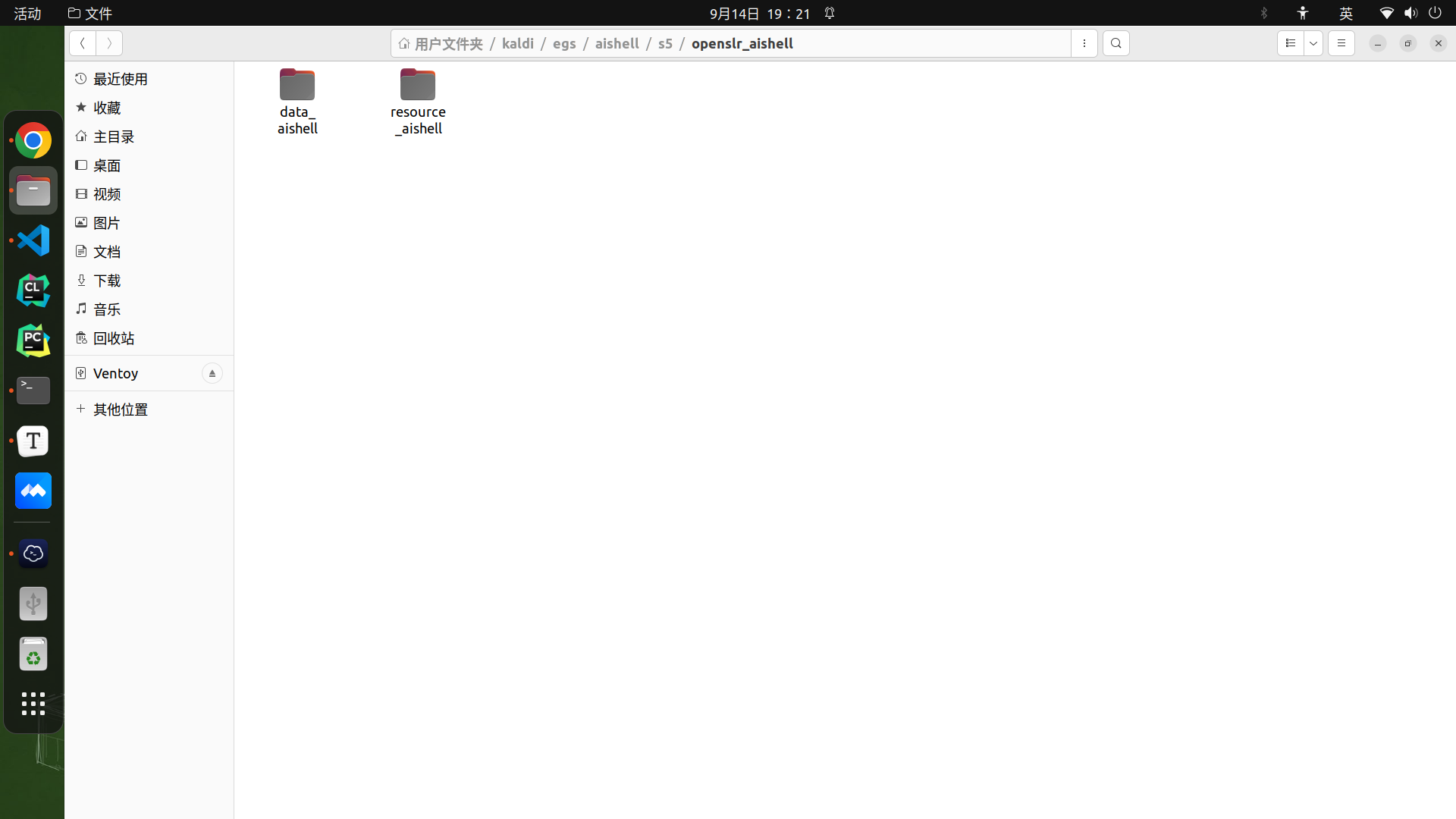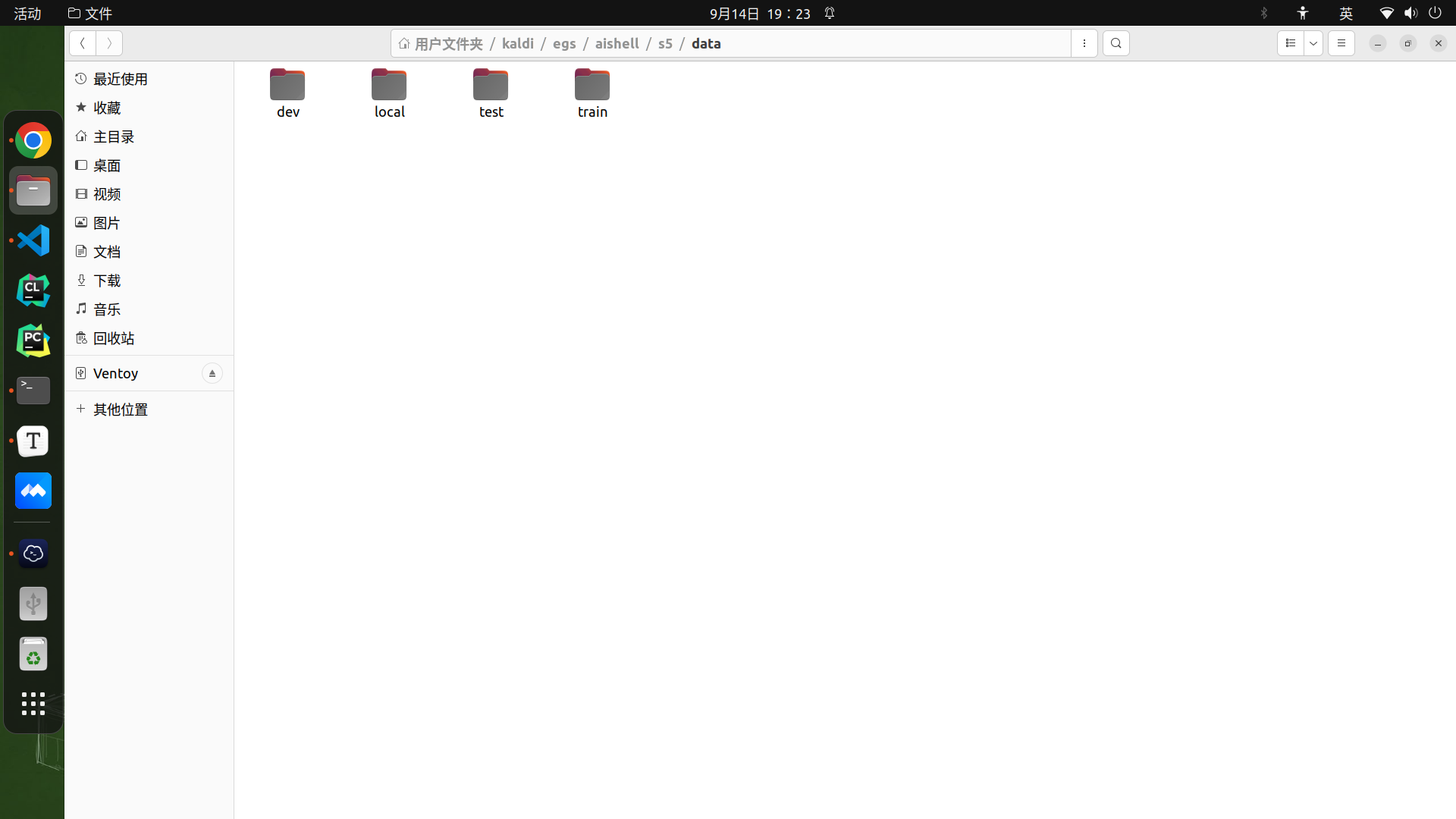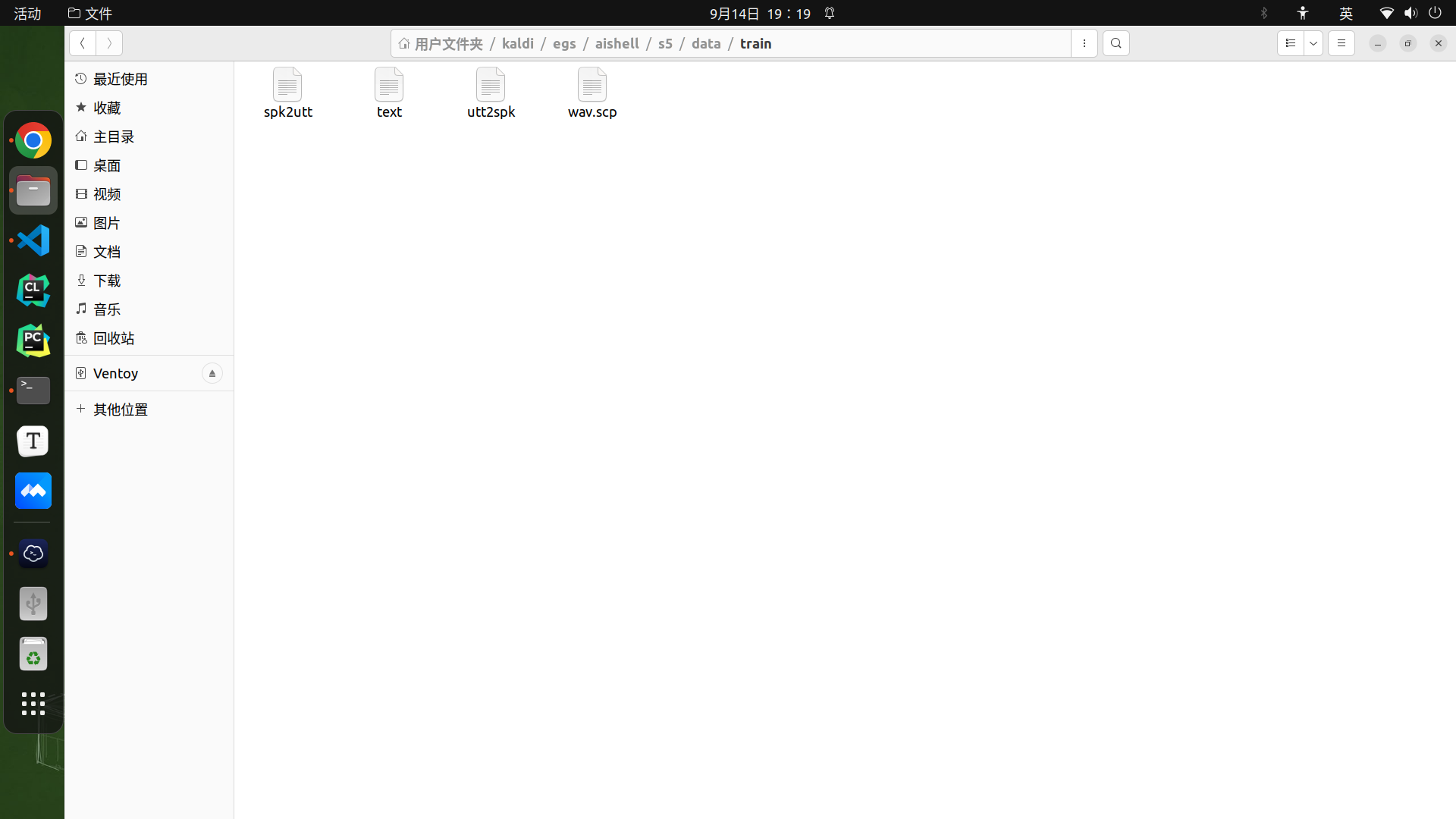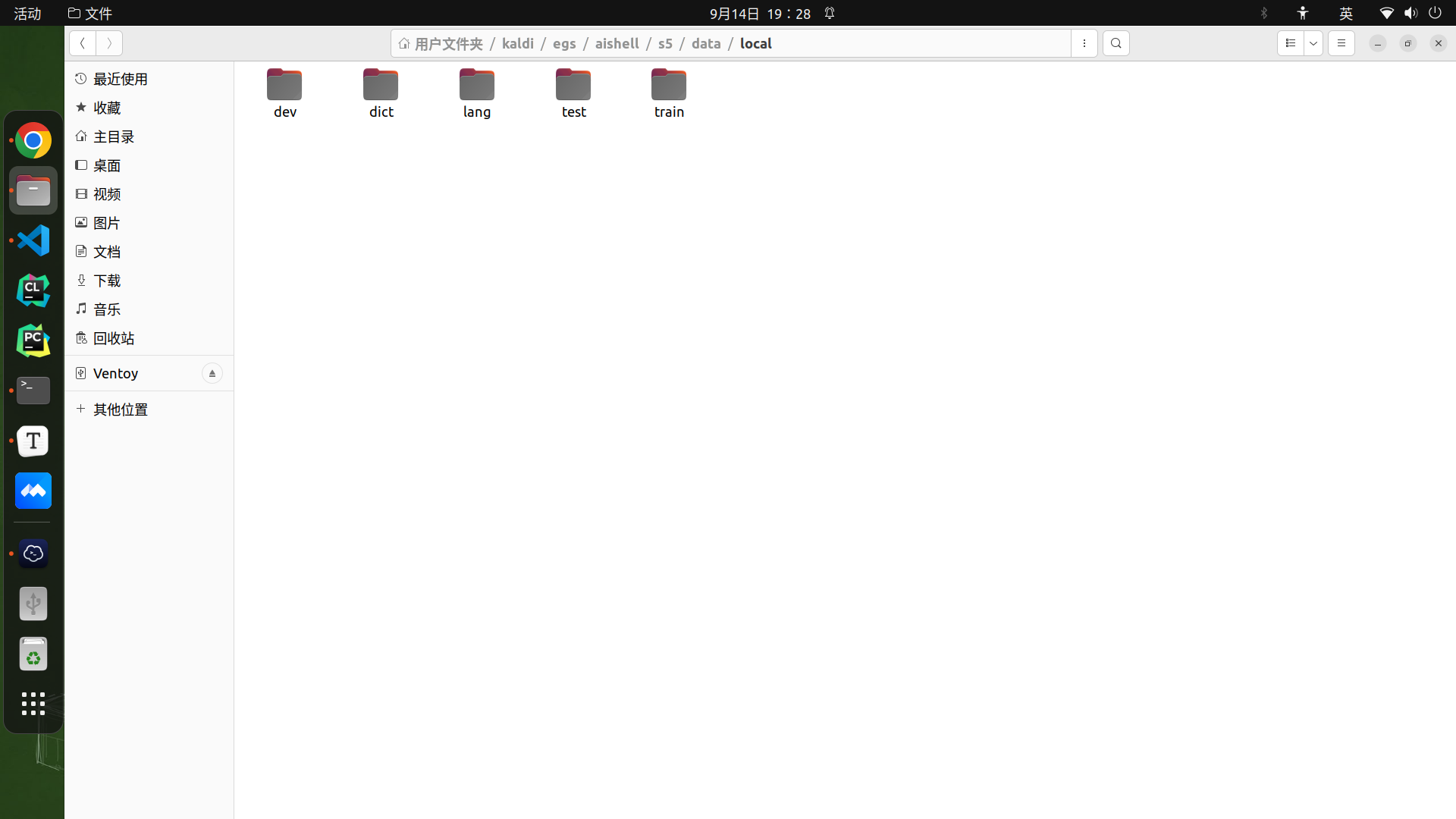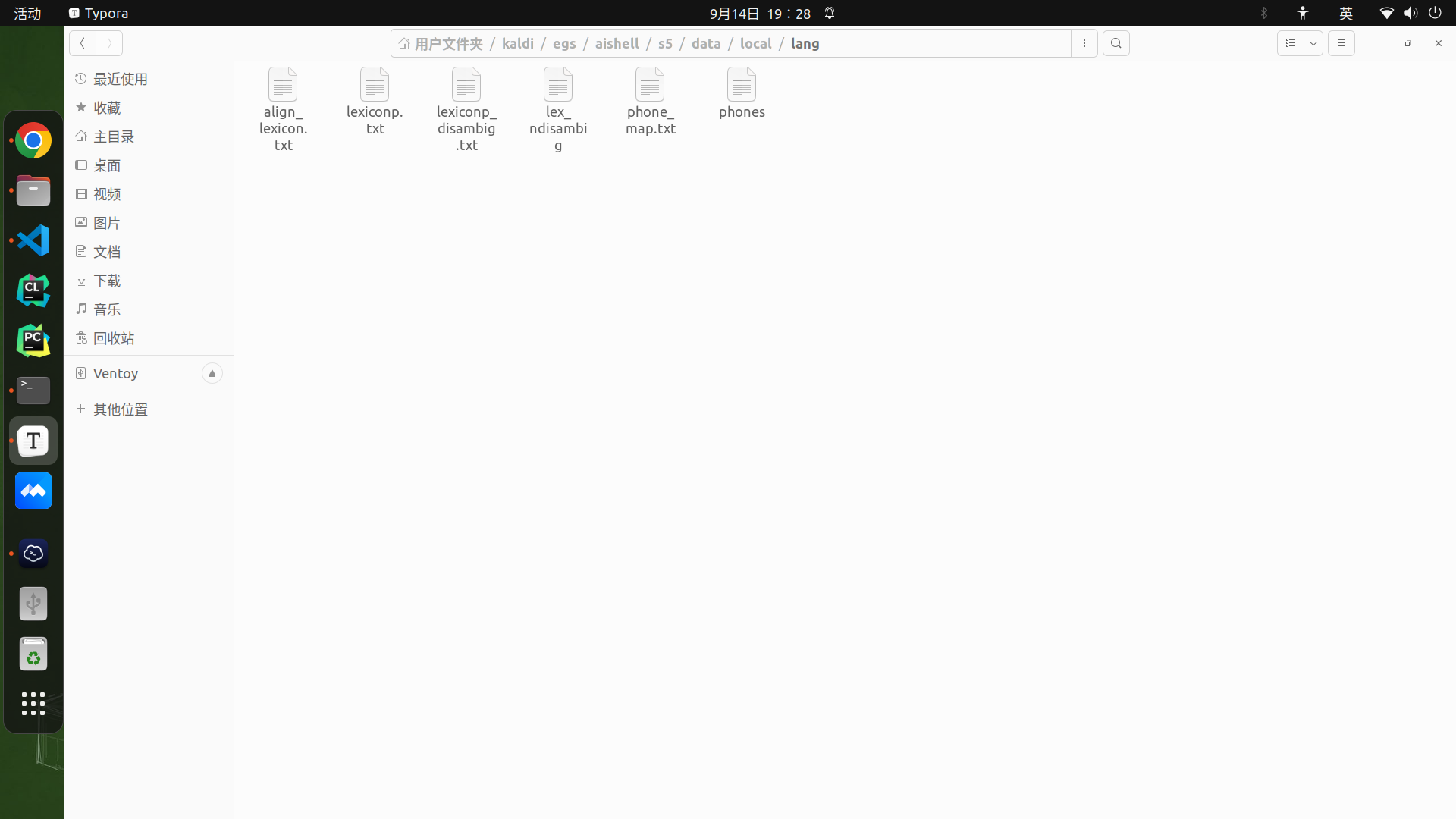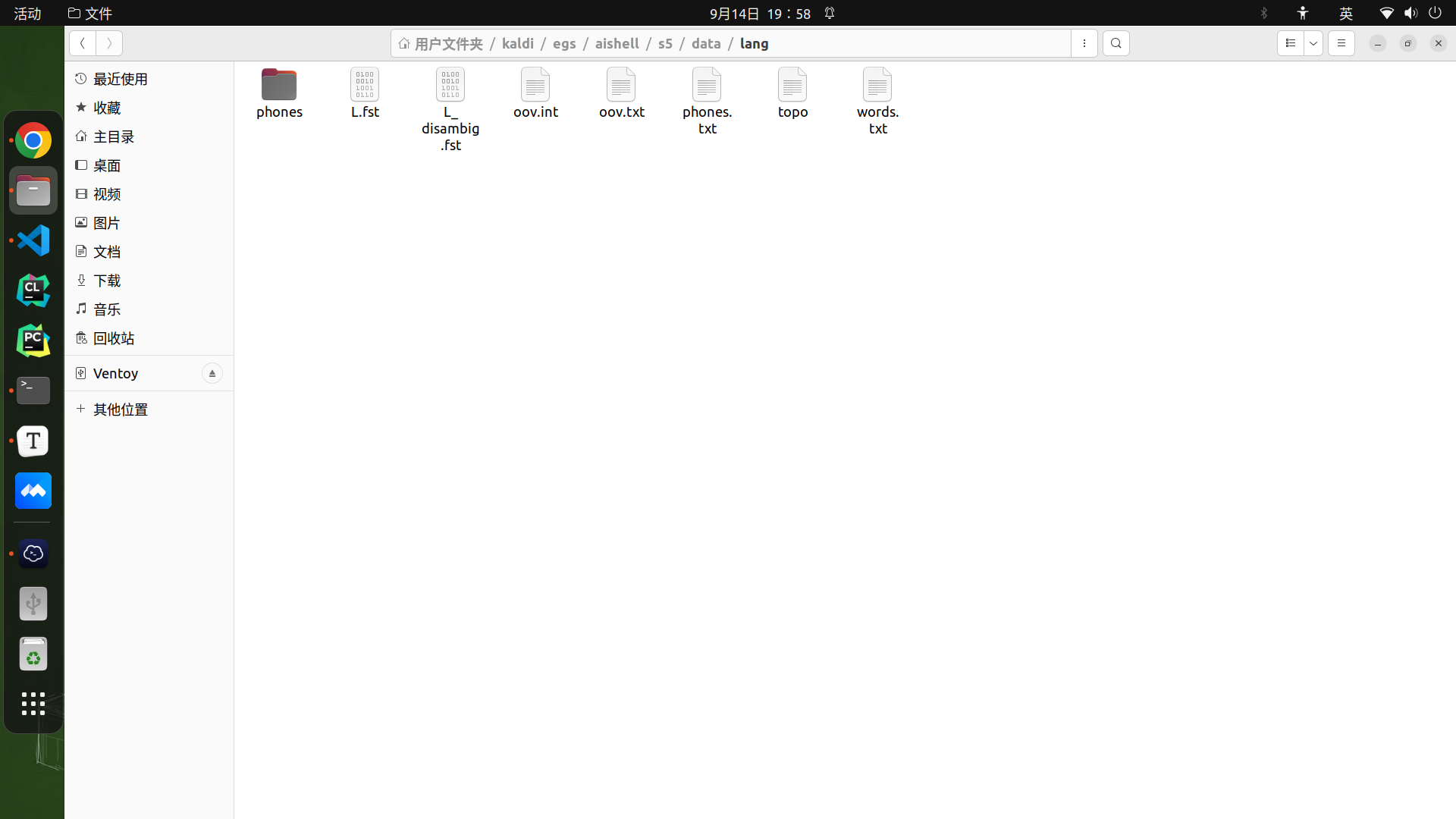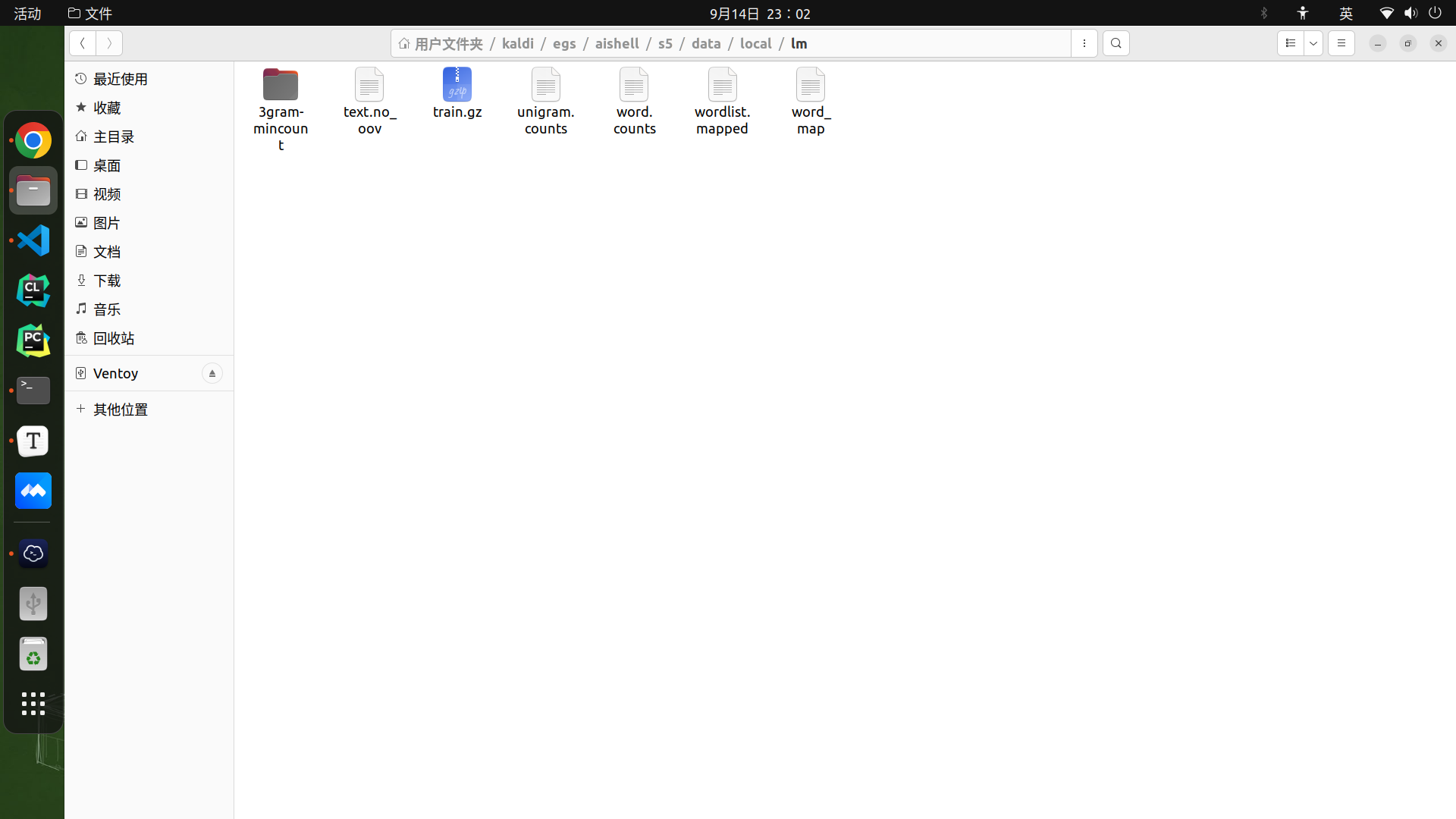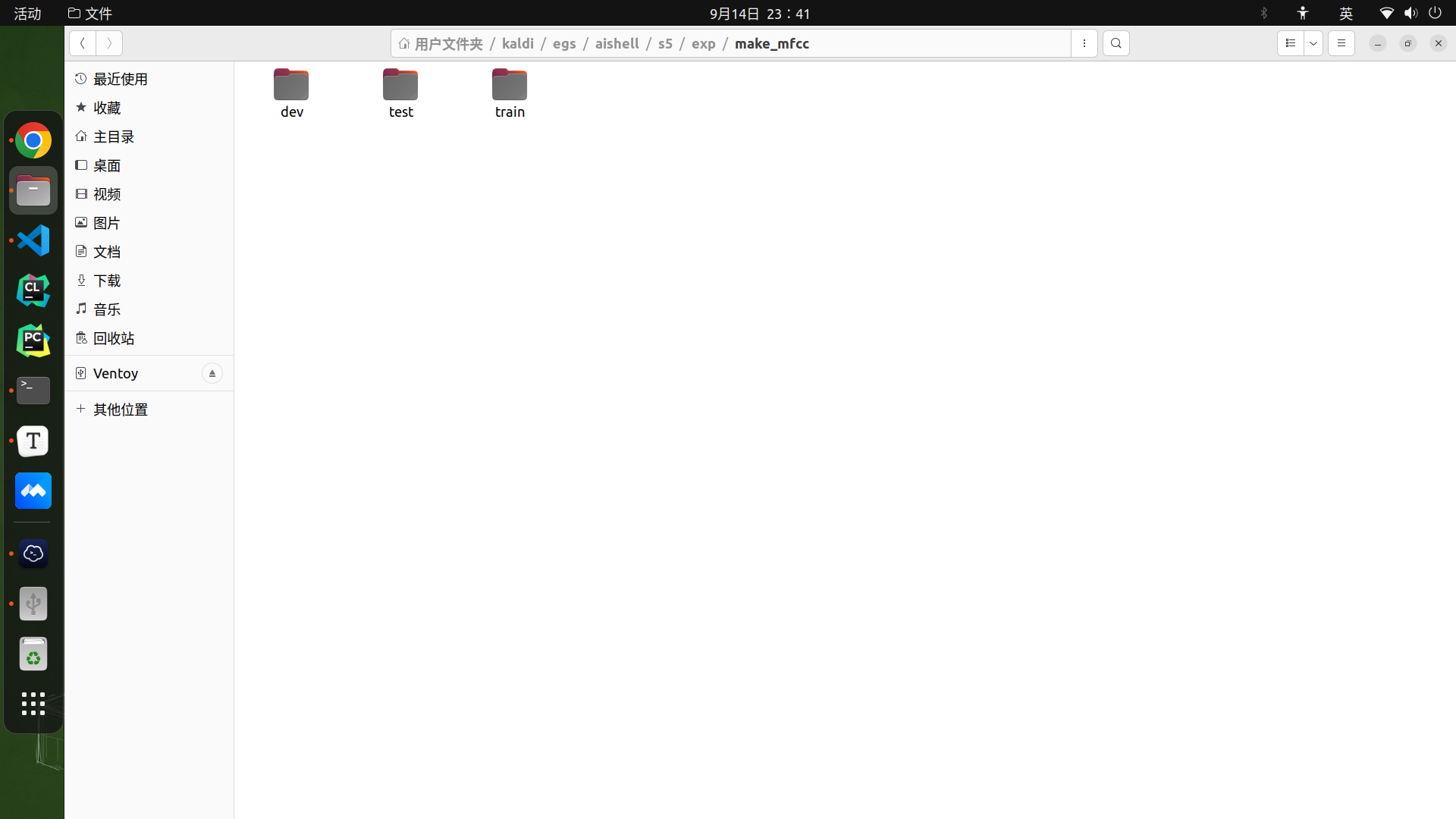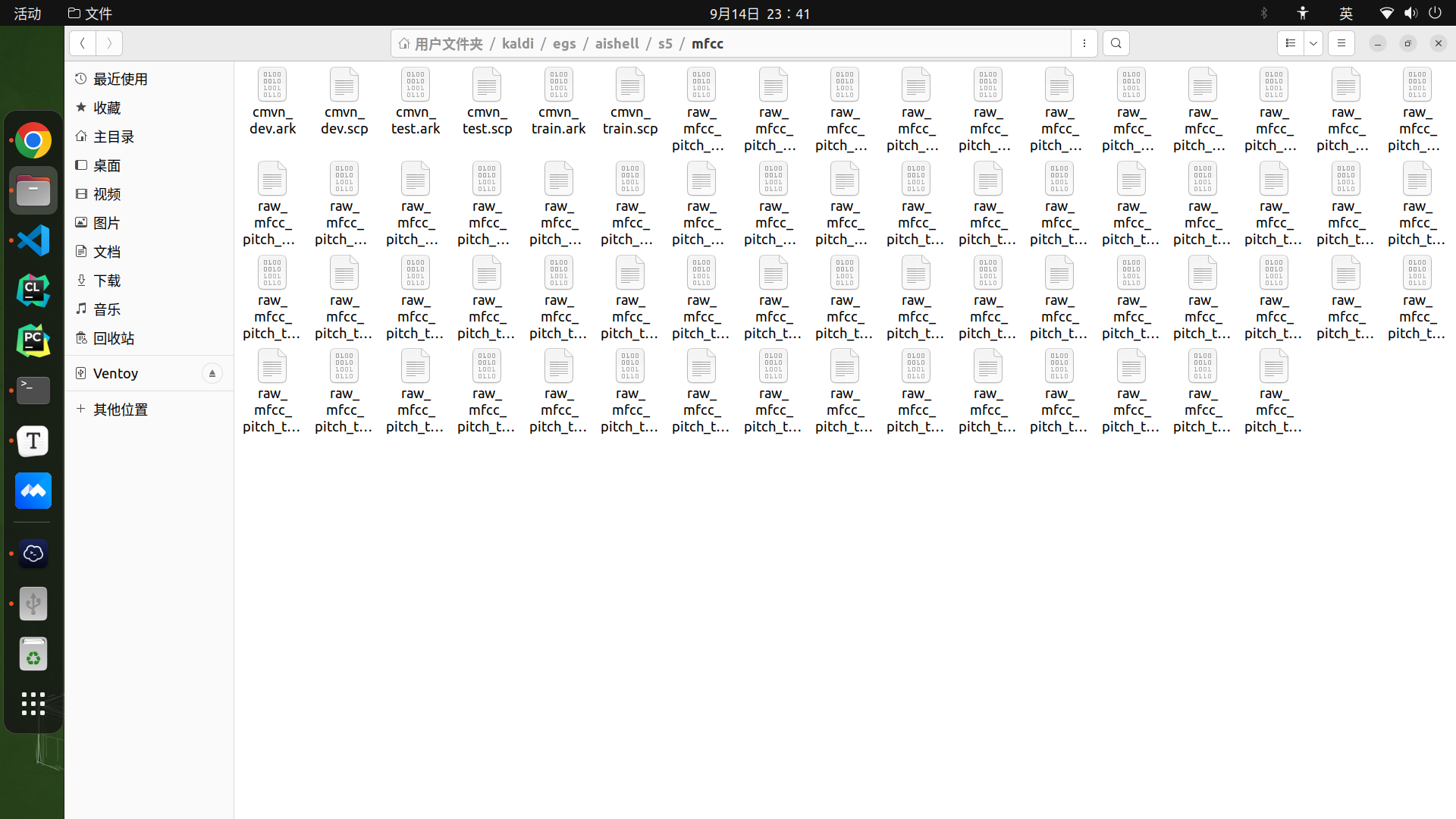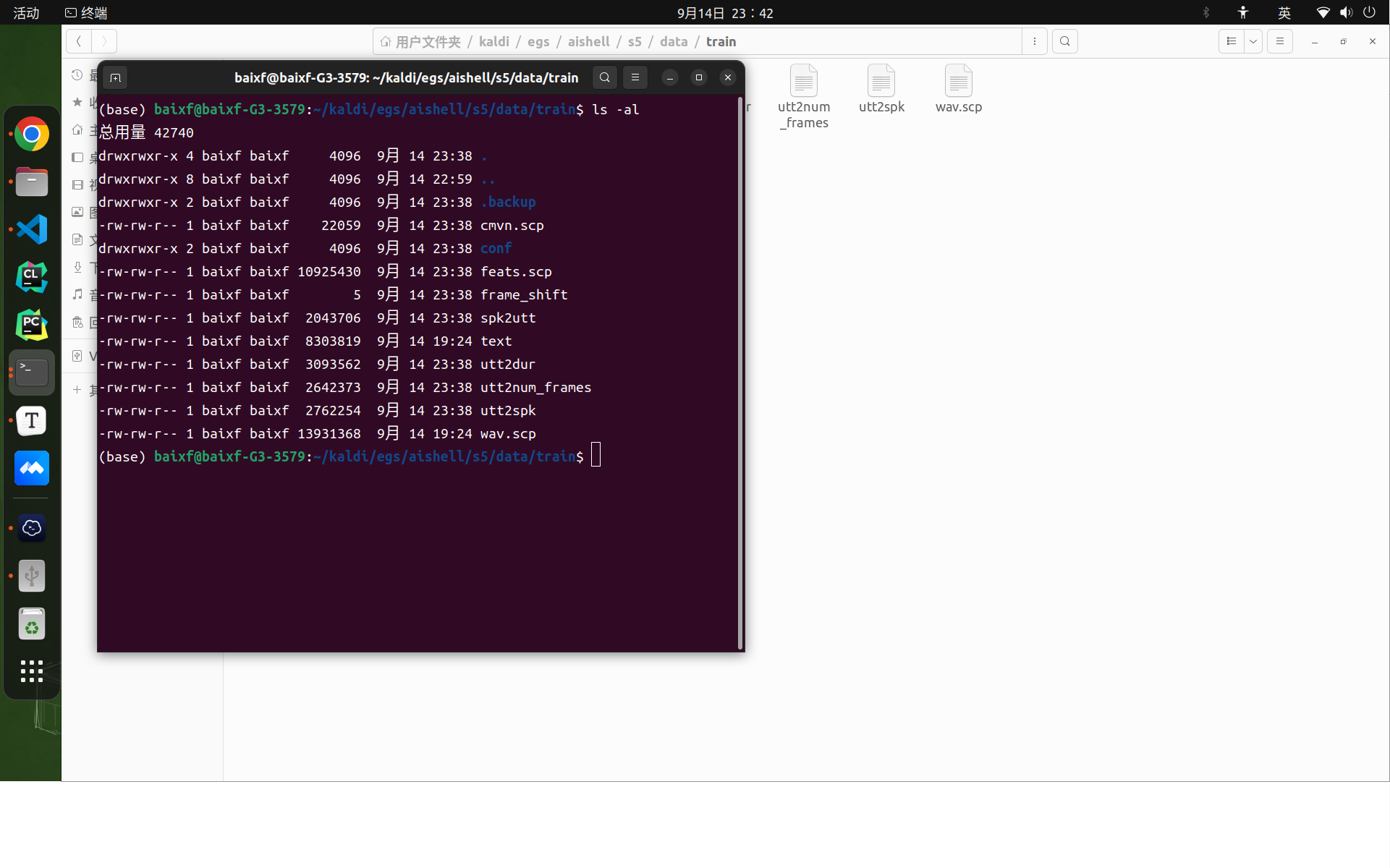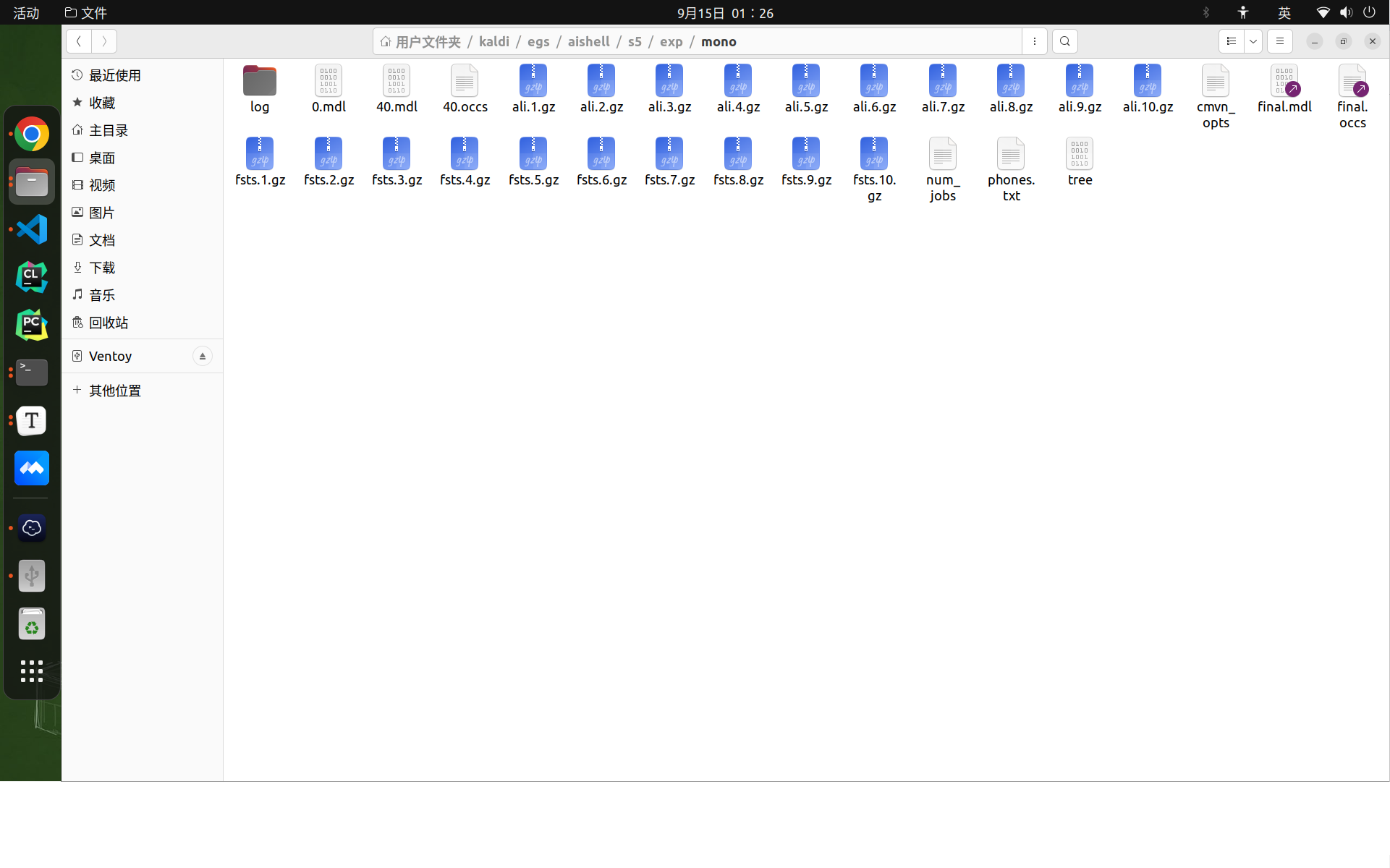1
2
3
4
5
6
7
8
9
10
11
12
13
14
15
16
17
18
19
20
21
22
23
24
25
26
27
28
29
30
31
32
33
34
35
36
37
38
39
40
41
42
43
44
45
46
47
48
49
50
51
52
53
54
55
56
57
58
59
60
61
62
63
64
65
66
67
68
69
70
71
72
73
74
75
76
77
78
79
80
81
82
83
84
85
86
87
88
89
90
91
92
93
94
95
96
97
98
99
100
101
102
103
104
105
106
107
108
109
110
111
112
113
114
115
116
117
118
119
120
121
122
123
124
125
126
127
128
129
130
131
132
133
134
135
136
137
138
139
140
141
142
143
144
145
146
147
148
149
150
151
152
153
154
155
156
157
158
159
160
161
162
163
164
165
166
167
168
169
170
171
172
173
174
175
176
177
178
179
180
181
182
183
184
185
186
187
188
189
190
191
192
193
194
195
196
197
198
199
200
201
202
203
204
205
206
207
208
209
210
211
212
213
214
215
216
217
218
219
220
| Getting raw N-gram counts
discount_ngrams: for n-gram order 1, D=0.000000, tau=0.000000 phi=1.000000
discount_ngrams: for n-gram order 2, D=0.000000, tau=0.000000 phi=1.000000
discount_ngrams: for n-gram order 3, D=1.000000, tau=0.000000 phi=1.000000
Iteration 1/6 of optimizing discounting parameters
discount_ngrams: for n-gram order 1, D=0.600000, tau=0.675000 phi=2.000000
discount_ngrams: for n-gram order 2, D=0.800000, tau=0.675000 phi=2.000000
discount_ngrams: for n-gram order 3, D=0.000000, tau=0.825000 phi=2.000000
discount_ngrams: for n-gram order 1, D=0.600000, tau=0.900000 phi=2.000000
discount_ngrams: for n-gram order 2, D=0.800000, tau=0.900000 phi=2.000000
discount_ngrams: for n-gram order 3, D=0.000000, tau=1.100000 phi=2.000000
discount_ngrams: for n-gram order 1, D=0.600000, tau=1.215000 phi=2.000000
discount_ngrams: for n-gram order 2, D=0.800000, tau=1.215000 phi=2.000000
discount_ngrams: for n-gram order 3, D=0.000000, tau=1.485000 phi=2.000000
interpolate_ngrams: 137074 words in wordslist
interpolate_ngrams: 137074 words in wordslist
interpolate_ngrams: 137074 words in wordslist
Perplexity over 99496.000000 words is 573.088187
Perplexity over 99496.000000 words (excluding 0.000000 OOVs) is 573.088187
real 0m2.755s
user 0m3.710s
sys 0m0.118s
Perplexity over 99496.000000 words is 571.860357
Perplexity over 99496.000000 words (excluding 0.000000 OOVs) is 571.860357
real 0m2.865s
user 0m3.681s
sys 0m0.157s
Perplexity over 99496.000000 words is 571.430399
Perplexity over 99496.000000 words (excluding 0.000000 OOVs) is 571.430399
real 0m2.962s
user 0m3.928s
sys 0m0.094s
Projected perplexity change from setting alpha=-0.413521475380432 is 571.860357->571.350704659834, reduction of 0.509652340166213
Alpha value on iter 1 is -0.413521475380432
Iteration 2/6 of optimizing discounting parameters
discount_ngrams: for n-gram order 1, D=0.600000, tau=0.527831 phi=2.000000
discount_ngrams: for n-gram order 2, D=0.800000, tau=0.527831 phi=2.000000
discount_ngrams: for n-gram order 3, D=0.000000, tau=0.483845 phi=2.000000
discount_ngrams: for n-gram order 1, D=0.600000, tau=0.527831 phi=2.000000
discount_ngrams: for n-gram order 2, D=0.800000, tau=0.527831 phi=2.000000
discount_ngrams: for n-gram order 3, D=0.000000, tau=0.645126 phi=2.000000
discount_ngrams: for n-gram order 1, D=0.600000, tau=0.527831 phi=2.000000
discount_ngrams: for n-gram order 2, D=0.800000, tau=0.527831 phi=2.000000
discount_ngrams: for n-gram order 3, D=0.000000, tau=0.870921 phi=2.000000
interpolate_ngrams: 137074 words in wordslist
interpolate_ngrams: 137074 words in wordslist
interpolate_ngrams: 137074 words in wordslist
Perplexity over 99496.000000 words is 570.548231
Perplexity over 99496.000000 words (excluding 0.000000 OOVs) is 570.548231
real 0m2.819s
user 0m3.762s
sys 0m0.135s
Perplexity over 99496.000000 words is 570.909914
Perplexity over 99496.000000 words (excluding 0.000000 OOVs) is 570.909914
real 0m2.870s
user 0m3.817s
sys 0m0.122s
Perplexity over 99496.000000 words is 570.209333
Perplexity over 99496.000000 words (excluding 0.000000 OOVs) is 570.209333
real 0m2.936s
user 0m3.883s
sys 0m0.103s
optimize_alpha.pl: alpha=0.782133003937562 is too positive, limiting it to 0.7
Projected perplexity change from setting alpha=0.7 is 570.548231->570.0658029, reduction of 0.482428099999765
Alpha value on iter 2 is 0.7
Iteration 3/6 of optimizing discounting parameters
discount_ngrams: for n-gram order 1, D=0.600000, tau=0.527831 phi=2.000000
discount_ngrams: for n-gram order 2, D=0.800000, tau=0.527831 phi=2.000000
discount_ngrams: for n-gram order 3, D=0.000000, tau=1.096715 phi=1.750000
discount_ngrams: for n-gram order 1, D=0.600000, tau=0.527831 phi=2.000000
discount_ngrams: for n-gram order 2, D=0.800000, tau=0.527831 phi=2.000000
discount_ngrams: for n-gram order 3, D=0.000000, tau=1.096715 phi=2.000000
discount_ngrams: for n-gram order 1, D=0.600000, tau=0.527831 phi=2.000000
discount_ngrams: for n-gram order 2, D=0.800000, tau=0.527831 phi=2.000000
discount_ngrams: for n-gram order 3, D=0.000000, tau=1.096715 phi=2.350000
interpolate_ngrams: 137074 words in wordslist
interpolate_ngrams: 137074 words in wordslist
interpolate_ngrams: 137074 words in wordslist
Perplexity over 99496.000000 words is 570.070852
Perplexity over 99496.000000 words (excluding 0.000000 OOVs) is 570.070852
real 0m2.858s
user 0m3.681s
sys 0m0.171s
Perplexity over 99496.000000 words is 570.135232
Perplexity over 99496.000000 words (excluding 0.000000 OOVs) is 570.135232
real 0m2.960s
user 0m3.826s
sys 0m0.112s
Perplexity over 99496.000000 words is 570.074175
Perplexity over 99496.000000 words (excluding 0.000000 OOVs) is 570.074175
real 0m3.036s
user 0m3.902s
sys 0m0.116s
Projected perplexity change from setting alpha=-0.149743638839048 is 570.074175->570.068152268062, reduction of 0.00602273193794645
Alpha value on iter 3 is -0.149743638839048
Iteration 4/6 of optimizing discounting parameters
discount_ngrams: for n-gram order 1, D=0.600000, tau=0.527831 phi=2.000000
discount_ngrams: for n-gram order 2, D=0.600000, tau=0.527831 phi=2.000000
discount_ngrams: for n-gram order 3, D=0.000000, tau=1.096715 phi=1.850256
discount_ngrams: for n-gram order 1, D=0.600000, tau=0.527831 phi=2.000000
discount_ngrams: for n-gram order 2, D=0.800000, tau=0.527831 phi=2.000000
discount_ngrams: for n-gram order 3, D=0.000000, tau=1.096715 phi=1.850256
discount_ngrams: for n-gram order 1, D=0.600000, tau=0.527831 phi=2.000000
discount_ngrams: for n-gram order 2, D=1.080000, tau=0.527831 phi=2.000000
discount_ngrams: for n-gram order 3, D=0.000000, tau=1.096715 phi=1.850256
interpolate_ngrams: 137074 words in wordslist
interpolate_ngrams: 137074 words in wordslist
interpolate_ngrams: 137074 words in wordslist
Perplexity over 99496.000000 words is 651.559076
Perplexity over 99496.000000 words (excluding 0.000000 OOVs) is 651.559076
real 0m2.060s
user 0m2.633s
sys 0m0.083s
Perplexity over 99496.000000 words is 571.811721
Perplexity over 99496.000000 words (excluding 0.000000 OOVs) is 571.811721
real 0m2.819s
user 0m3.796s
sys 0m0.074s
Perplexity over 99496.000000 words is 570.079098
Perplexity over 99496.000000 words (excluding 0.000000 OOVs) is 570.079098
real 0m2.838s
user 0m3.780s
sys 0m0.092s
Projected perplexity change from setting alpha=-0.116327143544381 is 570.079098->564.672375993263, reduction of 5.40672200673657
Alpha value on iter 4 is -0.116327143544381
Iteration 5/6 of optimizing discounting parameters
discount_ngrams: for n-gram order 1, D=0.600000, tau=0.527831 phi=2.000000
discount_ngrams: for n-gram order 2, D=0.706938, tau=0.395873 phi=2.000000
discount_ngrams: for n-gram order 3, D=0.000000, tau=1.096715 phi=1.850256
discount_ngrams: for n-gram order 1, D=0.600000, tau=0.527831 phi=2.000000
discount_ngrams: for n-gram order 2, D=0.706938, tau=0.527831 phi=2.000000
discount_ngrams: for n-gram order 3, D=0.000000, tau=1.096715 phi=1.850256
discount_ngrams: for n-gram order 1, D=0.600000, tau=0.527831 phi=2.000000
discount_ngrams: for n-gram order 2, D=0.706938, tau=0.712571 phi=2.000000
discount_ngrams: for n-gram order 3, D=0.000000, tau=1.096715 phi=1.850256
interpolate_ngrams: 137074 words in wordslist
interpolate_ngrams: 137074 words in wordslist
interpolate_ngrams: 137074 words in wordslist
Perplexity over 99496.000000 words is 567.407206
Perplexity over 99496.000000 words (excluding 0.000000 OOVs) is 567.407206
real 0m2.902s
user 0m3.781s
sys 0m0.089s
Perplexity over 99496.000000 words is 567.980179
Perplexity over 99496.000000 words (excluding 0.000000 OOVs) is 567.980179
real 0m2.935s
user 0m3.839s
sys 0m0.118s
Perplexity over 99496.000000 words is 567.231151
Perplexity over 99496.000000 words (excluding 0.000000 OOVs) is 567.231151
real 0m2.987s
user 0m3.944s
sys 0m0.123s
Projected perplexity change from setting alpha=0.259356959958262 is 567.407206->567.206654822021, reduction of 0.20055117797915
Alpha value on iter 5 is 0.259356959958262
Iteration 6/6 of optimizing discounting parameters
discount_ngrams: for n-gram order 1, D=0.600000, tau=0.527831 phi=2.000000
discount_ngrams: for n-gram order 2, D=0.706938, tau=0.664727 phi=1.750000
discount_ngrams: for n-gram order 3, D=0.000000, tau=1.096715 phi=1.850256
discount_ngrams: for n-gram order 1, D=0.600000, tau=0.527831 phi=2.000000
discount_ngrams: for n-gram order 2, D=0.706938, tau=0.664727 phi=2.000000
discount_ngrams: for n-gram order 3, D=0.000000, tau=1.096715 phi=1.850256
discount_ngrams: for n-gram order 1, D=0.600000, tau=0.527831 phi=2.000000
discount_ngrams: for n-gram order 2, D=0.706938, tau=0.664727 phi=2.350000
discount_ngrams: for n-gram order 3, D=0.000000, tau=1.096715 phi=1.850256
interpolate_ngrams: 137074 words in wordslist
interpolate_ngrams: 137074 words in wordslist
interpolate_ngrams: 137074 words in wordslist
Perplexity over 99496.000000 words is 567.478625
Perplexity over 99496.000000 words (excluding 0.000000 OOVs) is 567.478625
real 0m2.914s
user 0m3.796s
sys 0m0.153s
Perplexity over 99496.000000 words is 567.181130
Perplexity over 99496.000000 words (excluding 0.000000 OOVs) is 567.181130
real 0m2.932s
user 0m3.816s
sys 0m0.154s
Perplexity over 99496.000000 words is 567.346876
Perplexity over 99496.000000 words (excluding 0.000000 OOVs) is 567.346876
real 0m3.047s
user 0m4.029s
sys 0m0.099s
optimize_alpha.pl: alpha=2.83365708509299 is too positive, limiting it to 0.7
Projected perplexity change from setting alpha=0.7 is 567.346876->567.0372037, reduction of 0.309672299999761
Alpha value on iter 6 is 0.7
Final config is:
D=0.6 tau=0.527830672157611 phi=2
D=0.706938285164495 tau=0.664727230661135 phi=2.7
D=0 tau=1.09671484103859 phi=1.85025636116095
Discounting N-grams.
discount_ngrams: for n-gram order 1, D=0.600000, tau=0.527831 phi=2.000000
discount_ngrams: for n-gram order 2, D=0.706938, tau=0.664727 phi=2.700000
discount_ngrams: for n-gram order 3, D=0.000000, tau=1.096715 phi=1.850256
Computing final perplexity
Building ARPA LM (perplexity computation is in background)
interpolate_ngrams: 137074 words in wordslist
interpolate_ngrams: 137074 words in wordslist
Perplexity over 99496.000000 words is 567.320537
Perplexity over 99496.000000 words (excluding 0.000000 OOVs) is 567.320537
567.320537
Done training LM of type 3gram-mincount
|
